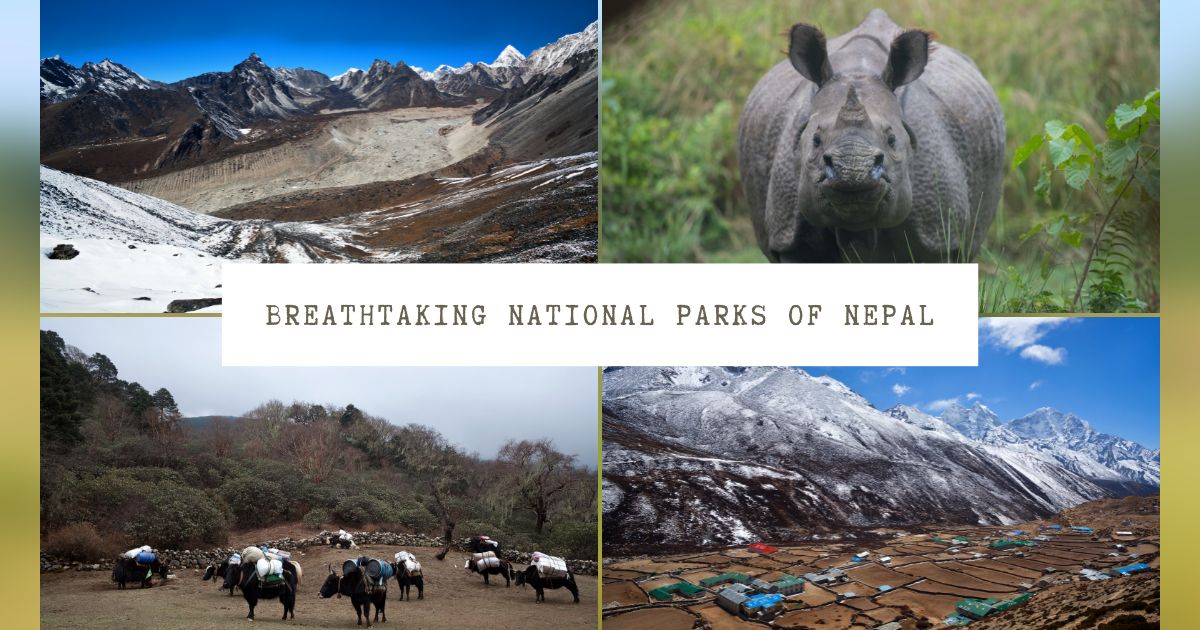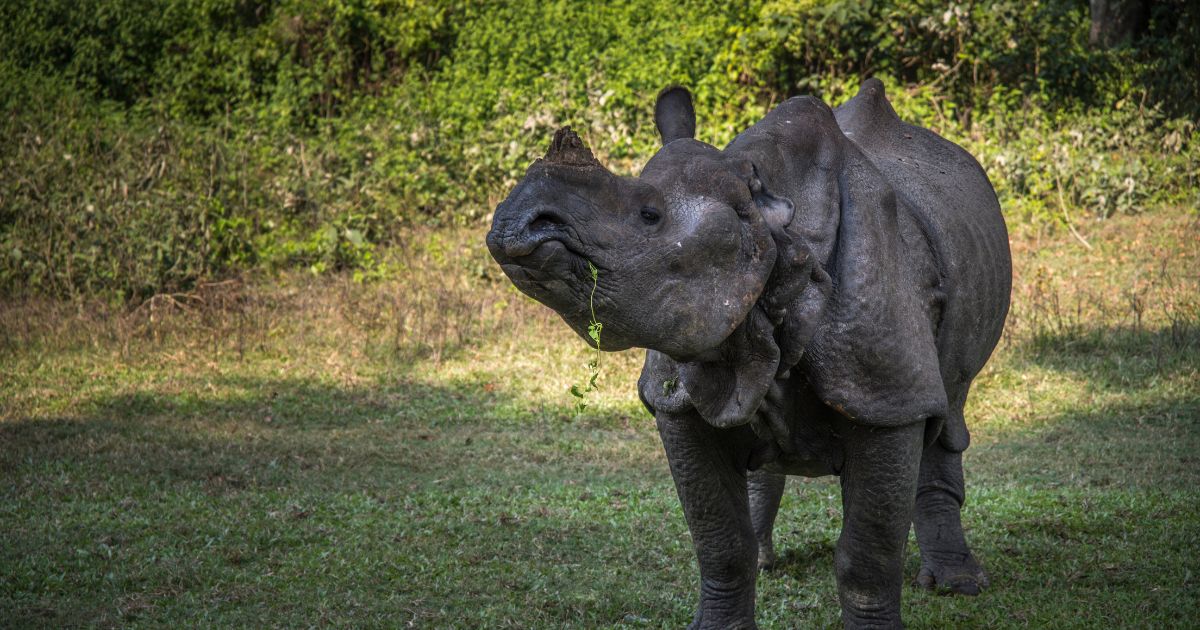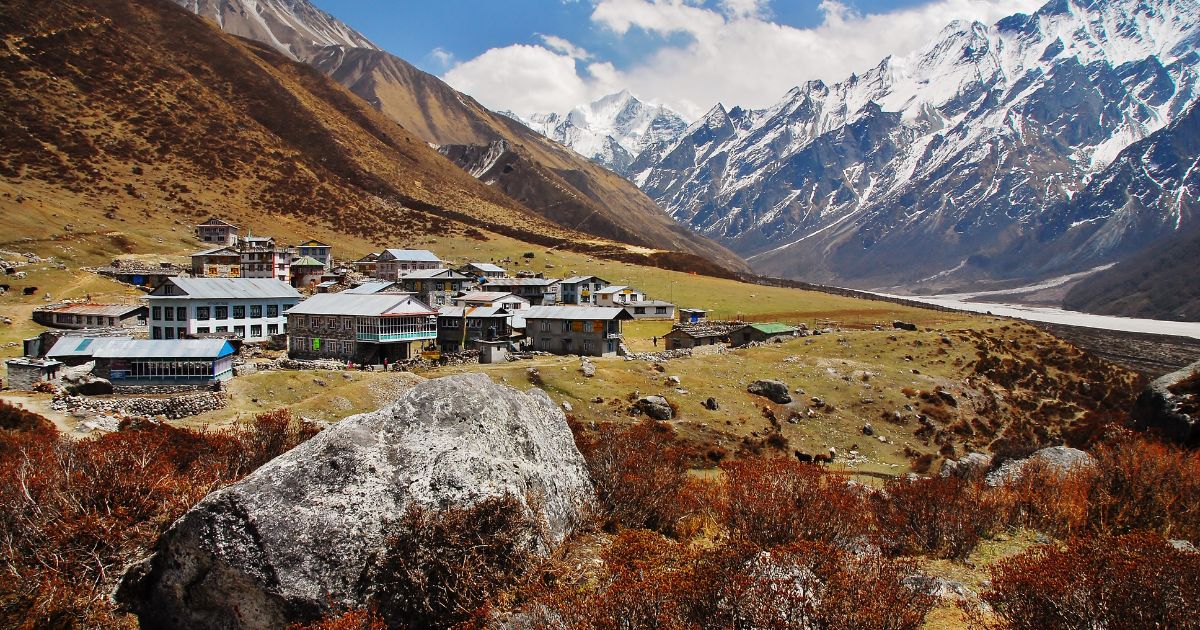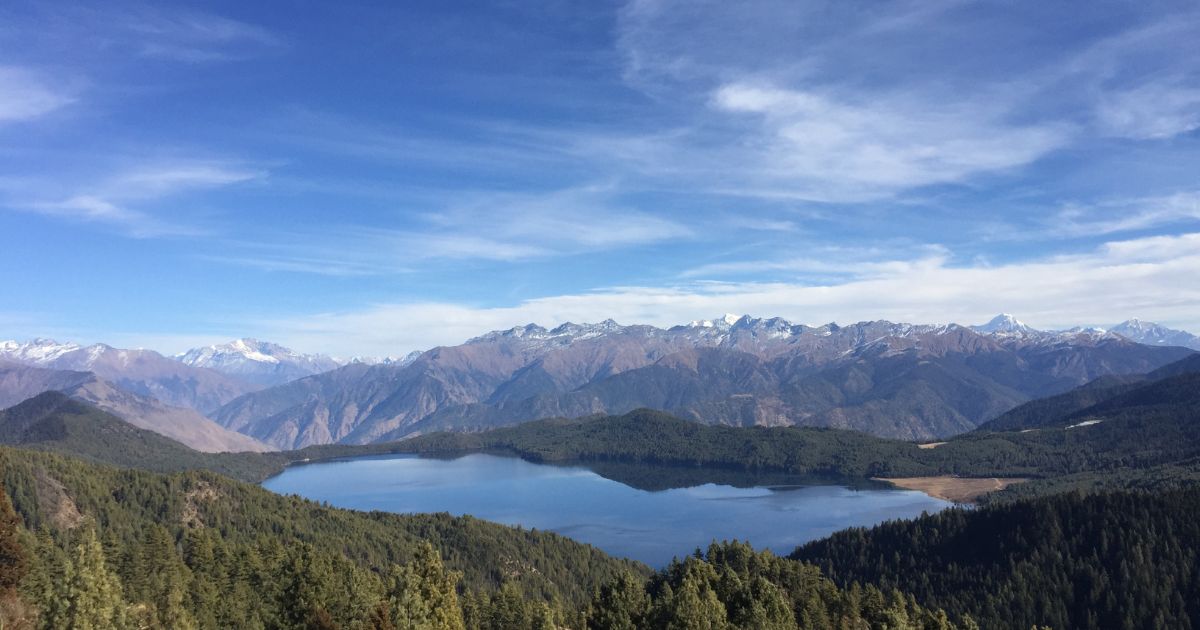
8 Breathtaking National Parks and Conservation Areas to Visit in Nepal

8 Breathtaking National Parks and Conservation Areas to Visit in Nepal
swotah travel
3073
05, 03 2023
Nepal is well-known for its natural beauty, with eight of the world’s ten tallest mountains located here. But did you know Nepal is also home to some incredible national parks and conservation areas?
From the lush jungles of Chitwan National Park to the snow-capped peaks of Sagarmatha National Park, Nepal offers something for everyone. Here are eight of the best national parks and conservation areas to visit in Nepal.
1. Chitwan National Park
Located in southern Nepal's heart of the Terai region, Chitwan National Park is one of the country’s most popular tourist destinations. The park covers an area of 932 square kilometers and is home to a diverse range of wildlife, including rhinos, tigers, leopards, sloth bears, and more. Visitors can go on safari trips to spot wildlife or take part in elephant-back rides and canoe rides through the park.

2. Sagarmatha National Park
Sagarmatha National Park is located in the Himalayas in northeastern Nepal and covers an area of 1,148 square kilometers. It is home to Mount Everest, the world’s tallest mountain, as well as other peaks such as Lhotse,Cho Oyu, and Makalu. The park is also a UNESCO World Heritage Site and includes a variety of different ecosystems such as forest, Tundra, and glaciers. Visitors can trek through the park to get stunning views of the mountains or visit one of the many villages located within the park boundaries.

3. Langtang National Park
Langtang National Park is a protected area in the Himalayan mountains of Nepal. Established in 1976, it was Nepals first national park. The park encompasses an area of 1,710 square kilometers (660 square miles) in the Langtang valley and neighboring areas of the Tibetan Plateau. It is contiguous with Tibetans Qomolangma National Nature Preserve to the north.

The park is home to a diverse array of wildlife, including red pandas, Himalayan black bears, snow leopards, and otters. Birds such as golden eagles, lammergeiers, and pheasants are also found in the park.
4. Shey-Phoksundo National Park
Situated in the trans-Himalayan region of Dolpo, Shey-Phoksundo National Park is the largest and only protected area in Nepal that extends into the Tibetan Plateau. The park encompasses an area of 3,555 sq. km and is home to a variety of rare and endangered species, such as the snow leopard, blue sheep, and Tibetan gazelle.
The park is also known for its beautiful landscapes, with glaciers, alpine meadows, river valleys, and forests. Shey-Phoksundo Lake, the deepest lake in Nepal, is also located within the park.
5. Rara National Park
The Rara National Park is the smallest and newest national park in Nepal. It was established in 1976 and covered an area of 106 square kilometers. The park is located in the northwestern part of the country, in the Mugu and Humla districts. The park is home to a variety of wildlife, including the snow leopard, red panda, musk deer, and Himalayan black bear. It is also home to the Rara lake, which is the largest lake in Nepal.
The Rara National Park is great for nature lovers and bird watchers. The park has a variety of birds, including the rare red-billed chough. The park is also a great place for hiking and camping. There are a number of trails that lead to Rara Lake and other parts of the park.

The best time to visit the Rara National Park is from October to November when the weather is cool and dry. The park is closed from December to February due to snowfall.
6. Bardiya National Park
Bardiya National Park is the largest and most undisturbed protected area in the Terai of Nepal. The park was established in 1988 and covered an area of 968 km2. It is located in the Bardiya District of Nepal, with a part extending into the Surkhet District. The park lies within the Gularia Municipality of Bardiya district, with the southern boundary forming the international border with India. The park is home to 544 species of flora and 503 species of fauna, including many endangered species such as the Asian elephant, Bengal tiger, one-horned rhinoceros and swamp deer.

The park has a tropical monsoon climate with a hot season from March to May and a cool season from October to February. Annual rainfall ranges from 1,400 to 1,900 mm. The average temperature is 25°C.
Bardiya National Park is an important conservation area for the survival of many threatened and endangered species of animals and plants. It provides a home for the last remaining population of wild Asian elephants in Nepal and is also the country's last known stronghold of the Bengal tiger.
7. Shivapuri Nagarjun National Park
Shivapuri Nagarjun National Park is a protected area in central Nepal that was established in 2002. The park spans an area of 159 km2 and is located within the Kathmandu Valley. It is the country's ninth national park and was created to protect the catchment area of the Bagmati River. The park includes diverse ecosystems, including forests, meadows, and wetlands. Shivapuri is home to a variety of wildlife, including leopards, monkeys, deer, and birds.
The park is a popular destination for hiking& and bird watching. There are several Hindu and Buddhist temples located within the park boundaries. The park is adjacent to the popular tourist destination of Nagarkot.
The park is accessible by road from Kathmandu and is about a 2-hour drive from the city center. The best time to visit Shivapuri Nagarjun National Park is between October and April.
8. Annapurna Conservation Area
Annapurna Conservation Area(ACAP) was Established in 1986 as Nepal's first and largest conservation area, covering an area of 7,629 sq. kilometers in the Annapurna region of north-central Nepal. Its mission is to conserve the Annapurna region's natural environment and cultural heritage and promote sustainable livelihoods for its people.
It's recommended to check the seasonal weather forecasts and park regulations before planning your visit to any of these parks, as the conditions can significantly influence your experience. Moreover, remember to always prioritize eco-friendly and sustainable practices to help preserve these natural wonders for generations to come.
NEWSLETTER SIGNUP
Sign up to receive our trip ideas and travel offers!
Get updates and Exclusive Offers up to 20% Discount








